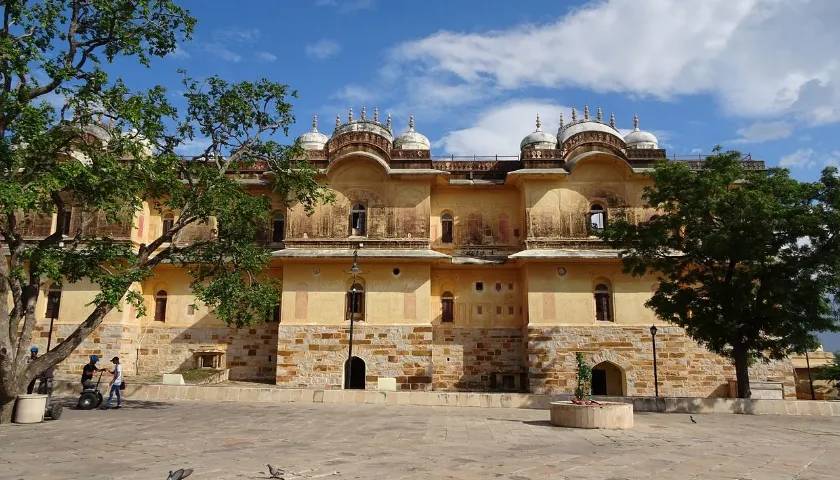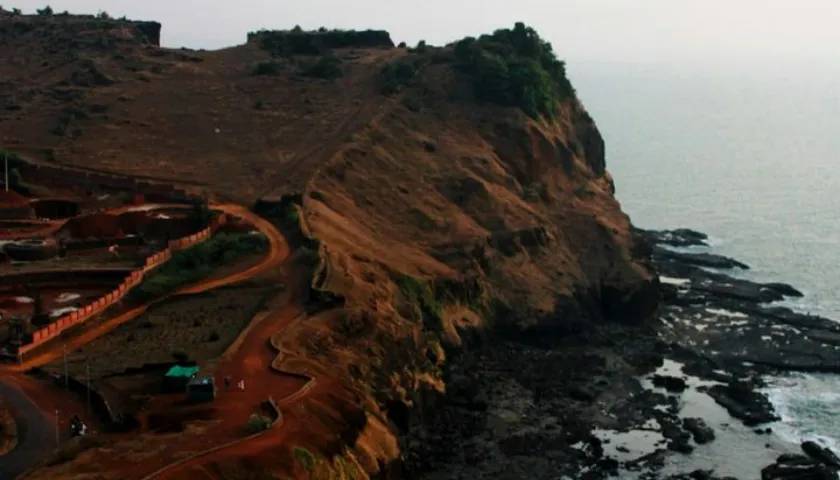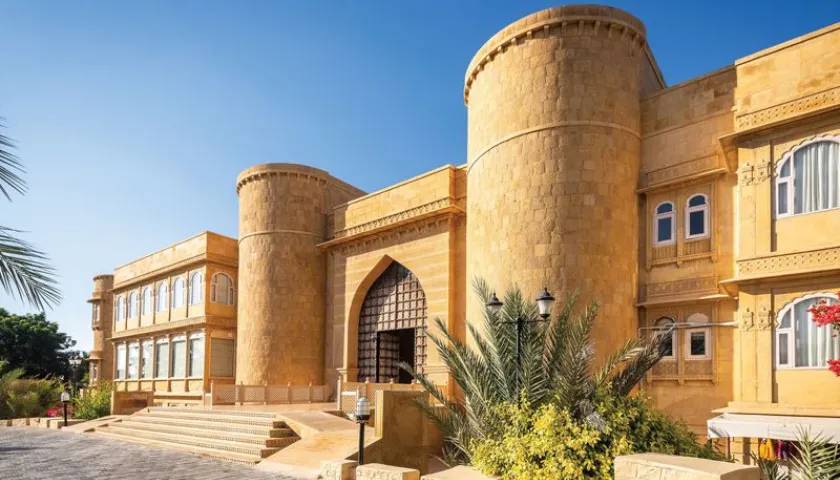Amber Fort and Palace, Jaipur
Amber Fort and Palace, located just outside Jaipur, is a stunning example of Rajput architecture and a key highlight of Rajasthan's cultural heritage. Built in the 16th century by Raja Man Singh, the fort showcases a blend of Mughal and Rajput styles, with intricate carvings, grand courtyards, and beautiful gardens. Visitors are captivated by the opulent halls like Sheesh Mahal (Mirror Palace), which is adorned with thousands of reflective glass pieces, and the Diwan-i-Aam (Hall of Public Audience). Set on a hilltop and surrounded by rugged terrain, the fort offers panoramic views of Maota Lake and the surrounding countryside.
Amber Fort also tells the story of Jaipur's royal history, with its palaces and temples providing a glimpse into the lives of the Rajput rulers. The fort can be accessed via an elephant ride, a jeep, or by foot, adding to the experience. Its majestic architecture and fascinating history make Amber Fort a must-visit destination for anyone exploring Jaipur.


















